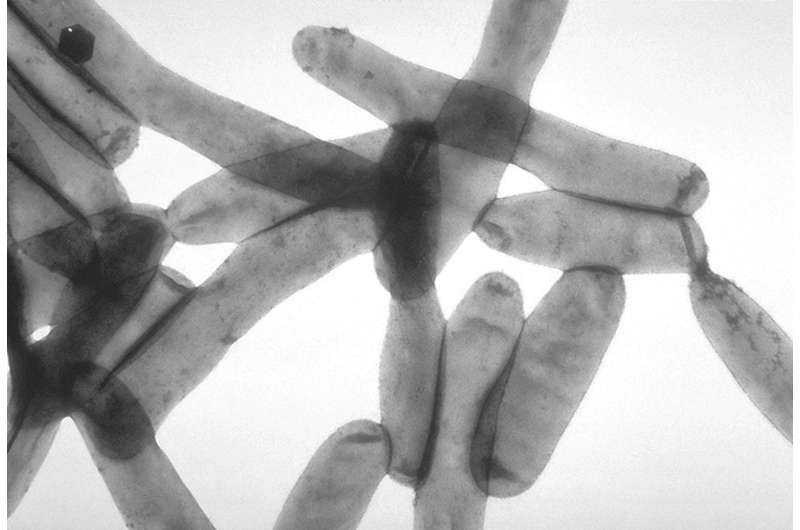Understanding Recurring Sinus Polyps and Effective Treatment Strategies

Recent research uncovers the cellular mechanisms behind persistent sinus polyps and highlights new targeted therapies, offering hope for better management of chronic rhinosinusitis. source: https://medicalxpress.com/news/2025-09-sinus-polyps-tackle.html
Chronic rhinosinusitis (CRS) is a prevalent yet often underdiagnosed condition affecting nearly one billion people worldwide, representing about 12% of the global population. It is characterized by persistent inflammation of the nose and sinuses lasting longer than 12 weeks, often resembling a prolonged cold or sinus infection that refuses to resolve.
Many individuals with CRS experience ongoing nasal congestion and facial discomfort. Notably, over one-third develop stubborn nasal polyps—soft growths in the nasal lining—that are resistant to conventional surgeries and medications. These polyps can significantly impact quality of life by causing continuous symptoms and recurrent disease.
Recent research conducted by scientists at Beth Israel Deaconess Medical Center (BIDMC), in collaboration with Stanford Medicine, has shed light on the biological mechanisms underlying this persistent inflammatory condition. Using advanced techniques, such as single-cell RNA sequencing and spatial transcriptomics, researchers have mapped the cellular interactions that perpetuate inflammation and contribute to polyp formation.
The study revealed that in patients with nasal polyps, the normal defense and repair mechanisms of the nasal epithelium are hijacked. Immune cells like macrophages switch roles, inviting eosinophils—cells that typically help fight infection—into the tissue, thus exacerbating inflammation. Similarly, cells responsible for tissue regeneration may instead fuel the growth of polyps. This cellular crosstalk creates a self-sustaining cycle of inflammation, making polyps difficult to eliminate.
Understanding these pathways opens promising avenues for targeted therapy. Current treatments, including the biologic drug Dupilumab, work by interrupting specific cellular processes involved in polyp growth. Recognizing the precise points of intervention allows for the development of more effective therapies aimed at breaking this inflammatory cycle.
The research also suggests that the cellular patterns identified are not unique to the nasal tissue but represent broader principles of tissue remodeling in chronic inflammation. This insight could inform treatments for other inflammatory diseases as well.
Overall, these findings provide hope for improved management of CRS and suggest that future therapies may better address the root causes of polyp recurrence, improving long-term outcomes for patients suffering from this chronic condition.
Stay Updated with Mia's Feed
Get the latest health & wellness insights delivered straight to your inbox.
Related Articles
Legionnaires' Disease Outbreak in New York City Leads to 7 Deaths and Over 114 Infections
New York City’s Legionnaires' disease outbreak has resulted in 7 deaths and over 114 confirmed cases. Authorities identified cooling towers as the source, with remediation efforts completed. Residents are advised to be vigilant for symptoms.
Blood Biomarker p-tau217 Enables Early Prediction of Alzheimer’s Disease Progression
A new blood test biomarker, p-tau217, can predict Alzheimer's disease progression early, offering a noninvasive tool for diagnosis and monitoring, with significant implications for personalized treatment.
Innovative Hydrogel Device Provides Sustained Artificial Saliva for Dry Mouth Relief
A cutting-edge hydrogel device has been developed to provide sustained release of artificial saliva, offering new hope for those suffering from dry mouth caused by various medical conditions. This innovative approach aims to improve comfort and oral health with a reusable, biocompatible solution.
Team-Based Care Enhances Outcomes for Pregnant Women with Substance Use Disorders
A pioneering study reveals that team-based, integrated healthcare models significantly improve outcomes for pregnant women with substance use disorders, promoting family stability and healthier pregnancies.



